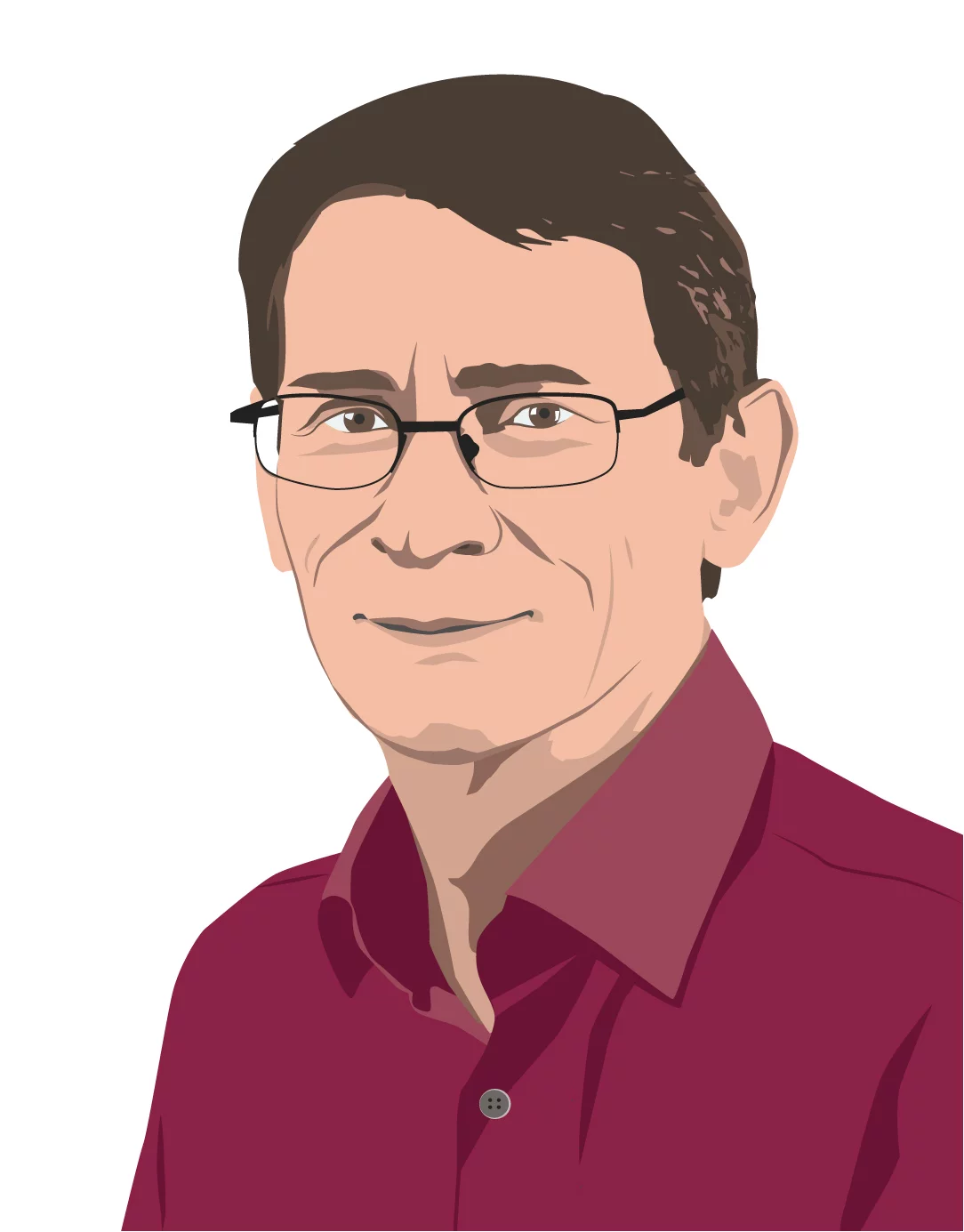Peter Allenspach is head of the Logistics Division at PSI. Through his work, he always has his eye on the numbers that describe PSI.
Mr. Allenspach, do you like the PSI figures?
Peter Allenspach: Peter Allenspach: Yes, I find them impressive above all. Our five large research facilities, some of which are unique in the world, require their own logistics. For example, we have to realise that if we accelerate electrons to 99.999998% of the speed of light, we need a lot of energy and cooling water. The latter amounts to 5,200,000,000 litres per year. I recently did the math: That would fill the Empire State Building five times. However, we are continuously working on optimising our needs – for example in terms of energy.
In what way?
One of my favourite figures is that we have successfully implemented 70 efficiency optimisations since 2013. Since then we have been saving six gigawatt hours of electricity per year. We were also able to halve the heating energy requirement, among other things by recovering and using the waste heat from our research facilities. Another nice number: 100 percent of the electricity we use comes from renewable sources; we completely switched to this in 2020. And 35 percent of our PSI-owned vehicles are electric. Quantifying all of these things helps us to drive the desired developments forward and to keep improving.
Your area also includes real estate and operations – do you actually know every corner of PSI?
In view of the fact that the total area of PSI is 342,000 square metres, it may be surprising, but yes, I actually know almost every corner. This is mainly due to the fact that I've been here more or less since PSI was founded; though of course not from the start as a division manager. Incidentally, the rooms and corridors of PSI have a total of 150,000 square metres. There are 900 offices plus 1,000 laboratories; if I were to visit them all now, let's say two in the morning and two in the afternoon every working day, it would take me about two years.
And how are the PSI numbers developing?
Very well, I'd say. PSI is now 33 years old. It was created in 1988 from the merger of two federal institutes that had become obsolete: the Federal Institute for Reactor Research EIR and the Swiss Institute for Nuclear Research SIN. In the 1970s, EIR and SIN had around 46 and 12 buildings, respectively. PSI now has around 120 buildings. This means that since PSI was founded, an average of more than one new building has been added each year.
Is that a lot?
Absolutely. Especially when you consider that our larger construction projects sometimes take more than five years from planning to completion. We are not building single-family houses here, but rather unique buildings, each of which has to meet very special requirements. SwissFEL is a good example. Because of the high-precision research that is carried out there, everything done during construction had to be accurate to within half a centimetre. For comparison: The usual tolerance is two centimetres.
And outside the area of real estate?
Here, too, the figures indicate positive developments: The number of PSI employees has risen steadily, 1.5 times over the past ten years. The number of people who come to the Centre for Proton Therapy at PSI every year has now evened out at a high level: in 2019 alone, 374 patients with tumours were treated there. The situation is similar with the number of pupils who visit our school laboratory iLab: That was 2,992 in 2019. Last year looked a little different, of course, because the school closings during the coronavirus pandemic affected us too. And coming full circle: New buildings will also continue to be built; we are currently planning, among other things, a laboratory building that should be finished in 2024.
Interview: Paul Scherrer Institut/Laura Hennemann
Copyright
PSI provides image and/or video material free of charge for media coverage of the content of the above text. Use of this material for other purposes is not permitted. This also includes the transfer of the image and video material into databases as well as sale by third parties.

